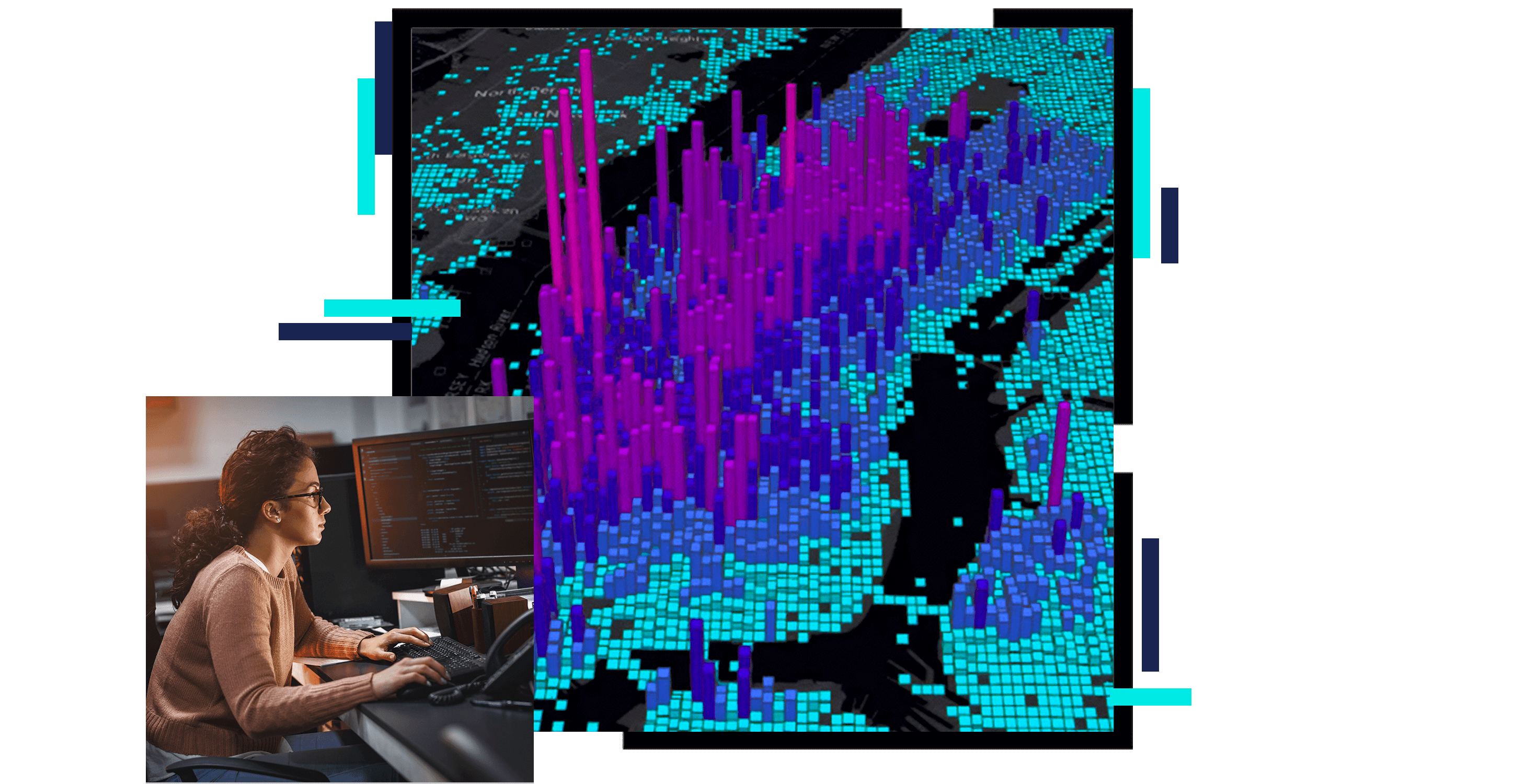Pattern detection
Know that patterns are real with spatial statistics. Use analysis tools that quantify the spatial patterns you see in a defensible, reproducible way. Apply data mining, machine learning, and statistics to find natural spatial and multivariate data clusters.







